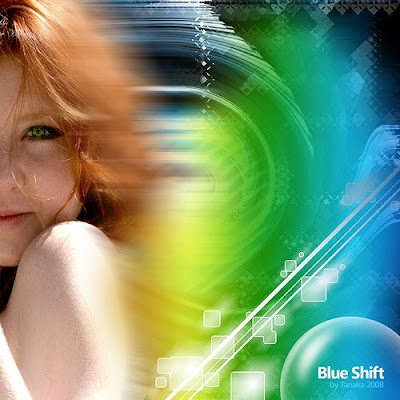Sports photography is one of my favourite. If you are an experienced photographer who are always on Sports, and If you were assigned to cover any sports event, you will automatically know what, how and where to get your job done.
You have to know what are the lenses to be used and always to catch the right moment in the right time.
Yvonne Grubb will share with you the experience.
What gets you all excited about your favourite sport? ... the thrill of the chase in horse racing or maybe the atmosphere and tension of a ball game, maybe your favourite player? ... Well if you were to capture some of these scenes how would you do it best? For some digital photography tips, let’s take a look at a few ideas right now to capture that realism ...
Get Familiar
It’s worth getting familiar with the sport before you start shooting, for example, how points are scored, what causes penalties etc, as this will give you an advantage over others … you will learn to expect where the best action is likely to be, and you can then capture those glorious moments.
Another great tip, as well as aiming to catch the action, capture the ‘emotion’ too. Be ready to shoot players’ faces on triumph of a goal, or any other emotive action in the game and you will bring your photos alive!
Be Prepared
Cold and bad weather conditions can quickly rob the life of your digital camera’s battery, so it’s important to always carry an extra charged battery especially for outdoor sports.
Action Techniques
Stop Action … you’ll very quickly be able to shoot an action shot and ‘freeze’ your subject practically in mid air. Imagine the wheels of a drag car on a dirt road, bouncing off the many bumps … for those few seconds while the car is in mid air, snap away to capture the action.
Lighting is not too much of an issue if you’re outside on a sunny or partially sunny day say at a car race, dog track, or horse race etc, but you’ll maybe need to make adjustments if you’re inside a gymnasium shooting a basketball game, for example. If the lighting is bright, then you’ll probably be okay, but depending on the type of lighting, you may need to activate your fill flash if you shoot players in action and you find your photo colorisation shifting to ‘yellow’.
Also bear in mind the distance, as your flash will not carry too far … it might be worth sitting near the basket hoop to catch the action!
Blurred Action … a couple of ideas behind blurred action is, firstly … if you look back at your photos you have taken using Stop Action, you may find one or two shots that did not freeze the action, which means your camera did not catch the action at the right moment … so you end up with an interestingly blurry effect to your subject.
Secondly, if you’re shooting a ball game, for example, you may get blurring if your player moves just as you click your shutter. If you did not intend for this to happen, you might be pleasantly surprised with the effect!
Panned Action … the most difficult to accomplish, but probably the most effective shooting technique, once mastered. The advantage using your digital camera is that you can delete unwanted frames and start again, so here’s how panning basically works...
Using your digital camera in automatic mode press the shutter half way down to focus on your subject, moving your camera sideways following the action, then pressing the shutter fully while still moving your camera. The effect created is the front of your subject should remain in fairly strong focus, while the back of your subject should start to blur, and as it blurs a long trail should appear, giving a feeling of movement like no other effect could possibly achieve.
Experiment
By knowing what your digital camera can do, experiment with different methods to get the best shots. You could try shooting in continuous mode, then try panning the camera along with your subject, whilst he/she or it is in motion.
I hope these digital photography tips are helpful. If you can get to grips with panning, as I have described above, you’re on a winner!
About The Author
Yvonne Grubb owns http://www.www.digital-photo-tutorial.com which offers people information on digital photography tips
























